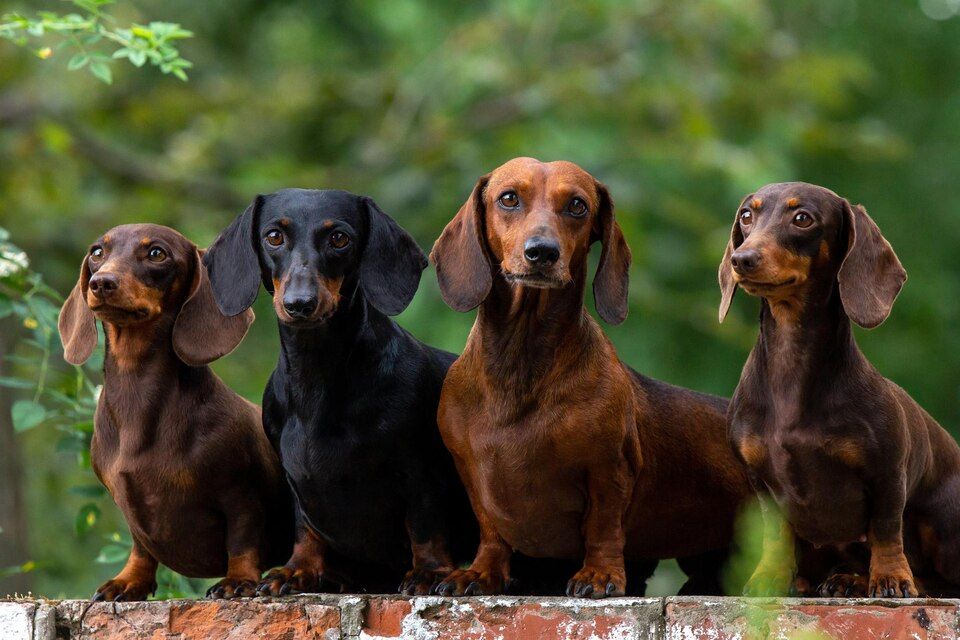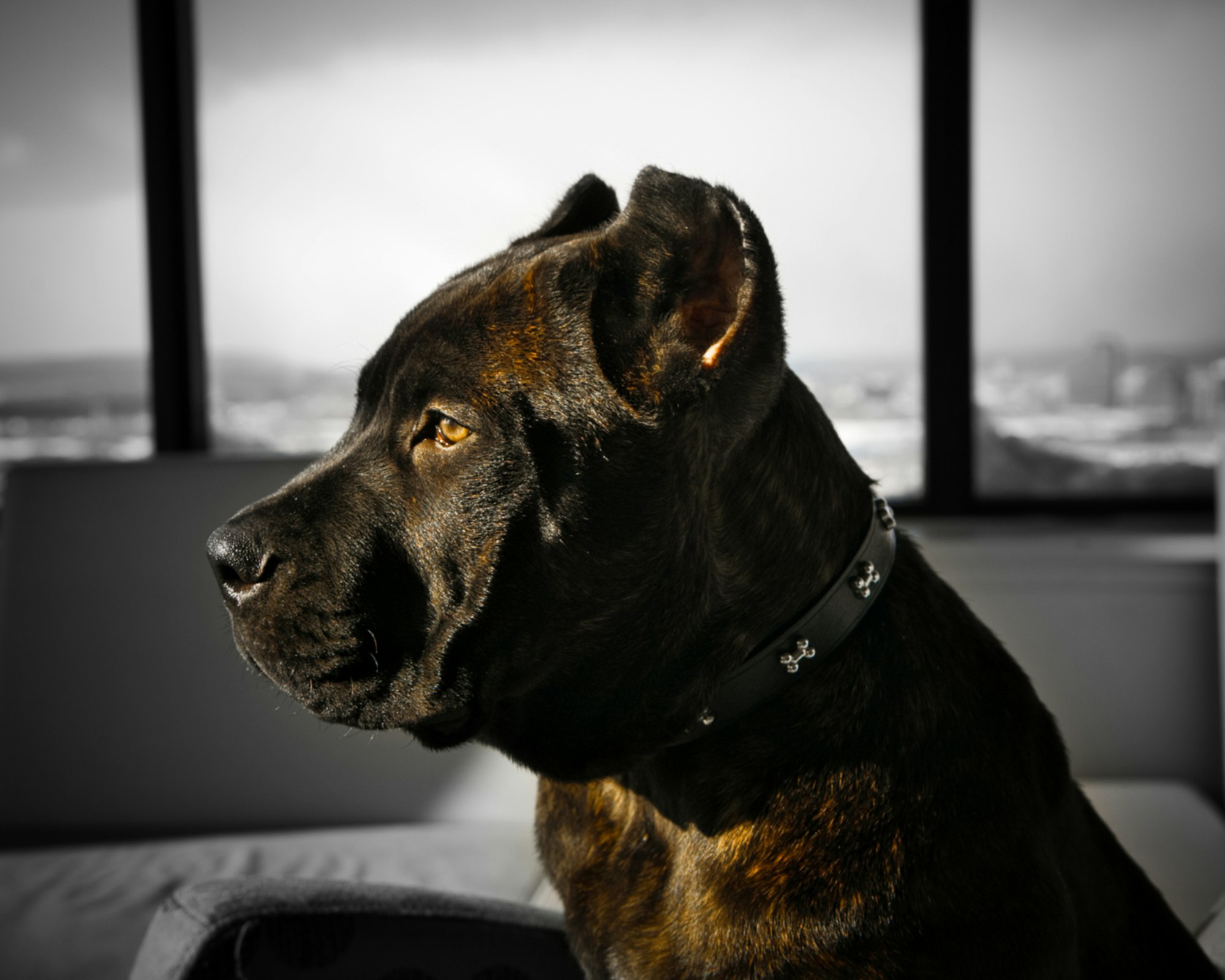Pitbulls, like any other breed of dogs, do shed. Shedding is a natural process for dogs as they continuously grow new hair and shed the old ones. However, the amount of shedding can vary from one dog to another based on certain factors. Understanding these factors and managing shedding can help keep your Pitbull's coat healthy and minimize excessive shedding.
Understanding the shedding patterns and taking appropriate measures can help you manage your Pitbull's shedding effectively and keep their coat in optimal condition.

Key takeaway:
- Pitbulls shed based on breed, coat type, seasonal changes, and health/genetics: Factors such as breed type, coat type, seasonal changes, and overall health and genetics play a role in the shedding pattern of Pitbulls.
- Pitbulls may have moderate or heavy shedding: Depending on the individual Pitbull and its specific characteristics, it may exhibit either moderate shedding or heavy shedding.
- Managing Pitbull shedding through regular brushing, bathing, and proper nutrition: To manage Pitbull shedding, regular brushing, frequent bathing and grooming, and providing a balanced diet with proper nutrition are essential.
Do Pitbulls Shed?
Pitbulls are known for their short, dense coats, so it's a common question: do Pitbulls shed? The answer is yes, Pitbulls do indeed shed. Although they have short hair, they still experience regular shedding throughout the year. Shedding is a natural process for dogs to eliminate old or damaged hair and make way for new hair growth.
Pitbulls boast a smooth, single-layered coat, which typically results in less shedding compared to dogs with double coats. However, the amount of shedding can still vary depending on the individual dog, as well as their overall health and grooming habits. To minimize shedding, regular grooming is essential to remove loose hair and maintain a clean and healthy coat. Weekly brushing with a bristle brush or grooming glove specifically designed for Pitbulls can effectively control shedding.
Additionally, a well-balanced diet and regular exercise contribute to a healthier coat, ultimately reducing excessive shedding. If you're considering getting a Pitbull, it's crucial to be prepared for some shedding and incorporate grooming into their regular care routine. So, to answer the question "Do Pitbulls shed?" – yes, they do. However, with proper grooming and care, you can effectively manage and control it.
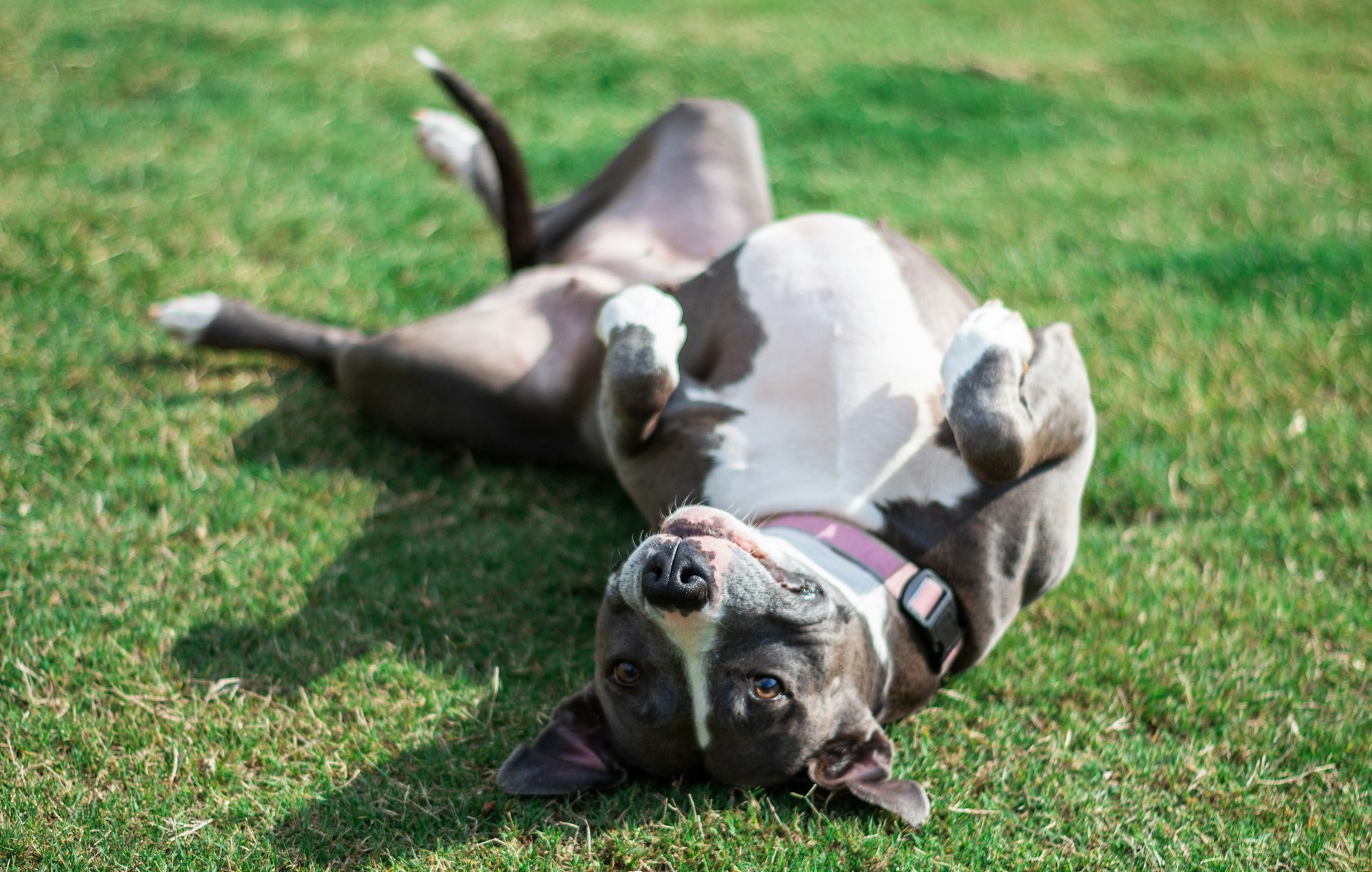
What Determines a Dog's Shedding?
Dogs shedding is determined by several factors, including breed type, coat type, seasonal changes, and health and genetics. These factors all play a role in the amount of hair that a dog sheds.
1. Breed type plays a significant role in shedding tendencies. Different breeds exhibit different levels of shedding. For example, breeds like Huskies and Retrievers have thick double coats which result in more shedding. On the other hand, breeds with short hair, like Pitbulls, generally shed less.
2. Coat type also affects shedding. Dogs with dense, heavy coats tend to shed more compared to those with thinner or shorter coats. The thickness and length of the hair contribute to the amount of shedding.
3. Seasonal changes can impact shedding as well. Many dogs experience seasonal shedding, shedding more during certain times of the year. These patterns of shedding are often influenced by changes in temperature and daylight hours.
4. Health and genetics also play a role in a dog's shedding patterns. Certain health conditions and genetic predispositions can make a dog shed more than others. Therefore, it is crucial to consider the overall health of a dog when determining their shedding tendencies.
By understanding these factors, pet owners can better manage and anticipate the shedding of their Pitbulls. Regular brushing, occasional bathing and grooming, and providing a healthy, balanced diet can help minimize shedding. It is essential to remember that shedding is a natural process for dogs, and providing the necessary care and attention is crucial to keep them comfortable and healthy.
Factors Affecting Pitbull Shedding
Shedding in pitbulls can be influenced by various factors. Let's dive into what affects their shedding, exploring factors such as breed type, coat type, seasonal changes, and health and genetics. Discover how these elements play a role in the amount of fur your pitbull sheds, providing valuable insights for pitbull owners seeking a better understanding of this natural process. Get ready to uncover the secrets behind pitbull shedding and how you can manage it effectively.
1. Breed Type
The breed type is a crucial aspect to take into account when discussing Pitbull shedding. Various Pitbull breeds have different coat types, which directly influence their shedding patterns. To gain a better understanding, let's examine the distinct Pitbull breed types and their shedding tendencies.
| Breed | Coat Type | Shedding |
|---|---|---|
| American Pitbull Terrier | Short-haired | Moderate shedding |
| Staffordshire Bull Terrier | Short-haired | Moderate shedding |
| American Staffordshire Terrier | Short-haired | Moderate shedding |
| Bull Terrier | Short-haired | Moderate shedding |
| American Bully | Short-haired | Moderate shedding |
These Pitbull breeds possess a short-haired coat type, resulting in moderate shedding. While they will still shed some hair throughout the year, it is not excessive. Regular grooming and brushing can assist in managing their shedding.
It is important to note that individual Pitbulls within each breed type may exhibit slight variations in shedding. Factors such as overall health, genetics, and coat condition can also impact shedding. It is advisable to seek advice from a veterinarian or breed expert to comprehend your Pitbull's specific shedding tendencies and effectively manage it.
By considering the breed type and its associated shedding tendencies, you can make an informed decision about owning a Pitbull and learn how to properly care for their coat to minimize shedding.
2. Coat Type
| Coat Type | Description |
| Smooth Coat | This type of coat is short and glossy. It lies close to the body and requires minimal grooming. Pitbulls with this coat type tend to shed less compared to other coat types. |
| Short Coat | This type of coat is slightly longer than the smooth coat. It is still sleek and lies close to the body. Pitbulls with a short coat also have minimal shedding and are relatively easy to maintain. |
| Medium Coat | This type of coat is longer and denser than the smooth and short coats. It may require more grooming to prevent matting and shedding. Pitbulls with a medium coat tend to shed more compared to the smooth and short coat types. |
Understanding your Pitbull's coat type can help you determine the level of shedding you can expect and the amount of grooming required. While all Pitbulls shed to some extent, those with smoother coats may shed less compared to those with medium coats.
I remember a friend who owned a Pitbull with a smooth coat. Despite having a dog in the house, there was minimal shedding, and her furniture and clothes remained fur-free. It was easier for her to manage the shedding and maintain a clean and neat environment. The smooth coat definitely made a difference in the shedding levels.
3. Seasonal Changes
Seasonal changes can greatly impact the shedding of Pitbulls. To understand the effects of seasonal changes on Pitbull shedding, let's take a look at the following table:
| Season | Shedding Level |
|---|---|
| Spring | Moderate to Heavy Shedding |
| Summer | Moderate Shedding |
| Fall | Moderate to Heavy Shedding |
| Winter | Moderate Shedding |
During the seasons of spring and fall, Pitbulls tend to experience higher levels of shedding. This is due to the change in weather and temperature, as well as the natural shedding process that allows for the growth of a new coat. Pitbulls shed their old winter or summer coat to make way for a new one that is suitable for the upcoming season. This shedding process helps regulate their body temperature.
In contrast, during the seasons of summer and winter, Pitbulls typically experience less shedding. During summer, their coats become thinner to adapt to the warmer weather, resulting in lighter shedding. In the winter, their coats become thicker to provide insulation against the cold, leading to a decrease in shedding.
It's important to note that individual Pitbulls may experience variations in shedding depending on their specific coat type, health, and genetics. Regular grooming and brushing can help manage shedding during seasonal changes by removing loose fur and promoting a healthy coat.
By understanding the impact of seasonal changes on Pitbull shedding, you can effectively manage their coat care throughout the year.
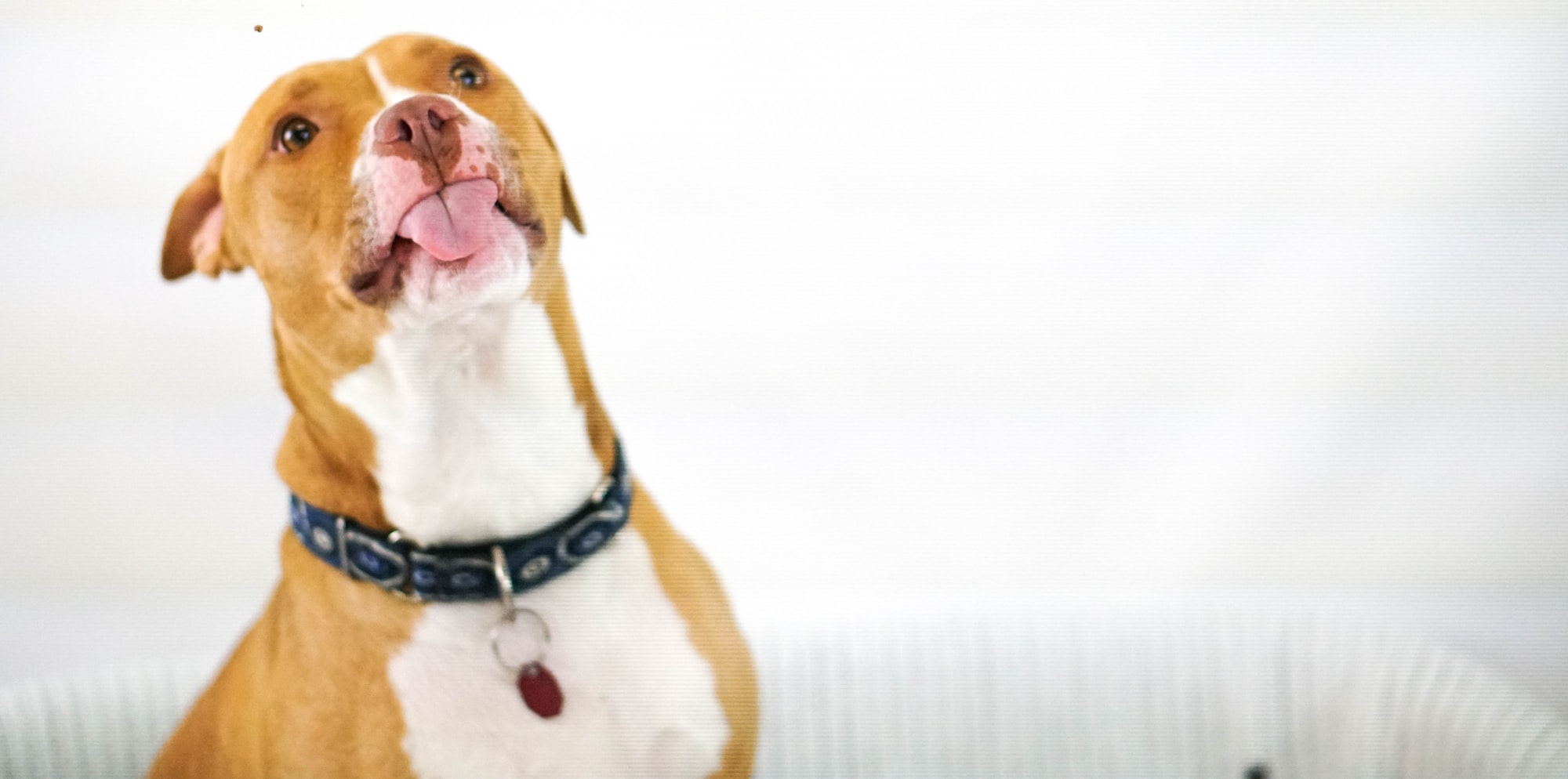
4. Health and Genetics
The health and genetics of a Pitbull play a significant role in their shedding patterns. Several factors can influence Pitbull shedding, including their overall health, diet and nutrition, medical conditions, genetics, and environment. To better understand the impact of health and genetics on Pitbull shedding, let's refer to the following table:
| Factor | Description |
| Overall Health | Pitbulls with poor overall health are more likely to experience excessive shedding. |
| Diet and Nutrition | A balanced and high-quality diet can help reduce shedding and maintain a healthy coat. |
| Medical Conditions | Certain medical conditions, such as allergies or hormonal imbalances, can lead to increased shedding. |
| Genetics | Pitbulls with a genetic predisposition to shedding will naturally shed more compared to others. |
| Environment | Factors such as climate, temperature, and humidity can affect shedding in Pitbulls. |
Understanding the health and genetics of your Pitbull can help effectively manage shedding. Regular visits to the veterinarian, a nutritious diet, and addressing any underlying medical conditions can contribute to a healthier coat and reduce shedding. Additionally, providing a comfortable and appropriate environment for your Pitbull can also impact their shedding patterns.
By considering the health and genetics of your Pitbull, you can better understand and manage their shedding, ensuring a healthier and happier companion. It is essential to address these factors to minimize shedding and maintain a healthy coat for your beloved Pitbull.
Understanding Pitbull Coat Types
- Pitbulls have three main coat types: smooth, short, and medium. These coats are determined by the length and texture of the dog's fur.
- Smooth coat Pitbulls have short, sleek fur that lies close to their bodies. This type of coat requires minimal grooming and is easy to maintain.
- Short coat Pitbulls have a slightly longer fur than smooth coat Pitbulls, but still relatively short. This coat type may have a slightly rougher texture and may require regular brushing to minimize shedding.
- Medium coat Pitbulls have fur that is longer than the smooth and short coat types. It may have a slight wave or curl to it. This coat type requires regular grooming to prevent matting and tangling.
- Pitbulls with any of these coat types can come in a variety of colors and patterns. Some common colors include black, brown, white, and brindle.
- It's important to note that Pitbulls are not known for being heavy shedders. Regular brushing can help minimize shedding and keep their coats healthy and shiny.
- When choosing a Pitbull, consider the coat type that best fits your lifestyle and grooming preferences. Smooth coat Pitbulls may be more suitable for individuals who prefer low-maintenance grooming, while medium coat Pitbulls may require more attention.
- Regardless of the coat type, Pitbulls are known for their loyal, affectionate, and playful nature, making them wonderful companions for families and individuals alike.
How Much Do Pitbulls Shed?
Discovering the shedding tendencies of Pitbulls is an essential aspect of responsible pet ownership. In this section, we'll dive into the question of how much Pitbulls shed. By exploring the sub-sections of moderate shedding and heavy shedding, we'll understand the varying degrees of fur loss that Pitbulls might experience. So, whether you're considering adopting a Pitbull or already have one, let's uncover the shedding facts that every Pitbull owner should know.
1. Moderate Shedding
When it comes to Pitbull shedding, moderate shedding is a common occurrence. Here are some factors to consider:
- Coat type: Pitbulls have short, dense coats that exhibit moderate shedding. Their hair follicles are constantly in a cycle of growth, rest, and shedding, resulting in a regular amount of hair loss.
- Seasonal changes: Like many other dogs, Pitbulls may experience increased shedding during seasonal changes, particularly in the spring and fall. This is a natural response to temperature and daylight variations.
- Health and genetics: A Pitbull's shedding can also be influenced by their overall health and genetics. Dogs with underlying health issues or poor nutrition may shed more. Certain breeds within the Pitbull category may have varying shedding patterns.
To manage moderate shedding in Pitbulls, consider the following:
- Regular brushing: Brushing your Pitbull's coat at least once or twice a week can help remove loose hair and minimize shedding. Use a grooming tool appropriate for their coat type.
- Bathing and grooming: Regular baths can also help reduce shedding and maintain a healthy coat. Use a gentle shampoo formulated for dogs, and consider professional grooming services for assistance.
- Proper nutrition: Feeding your Pitbull a balanced diet with high-quality ingredients can promote a healthy coat and reduce excessive shedding. Consult with a veterinarian for nutritional recommendations.
2. Heavy Shedding
- Pitbulls are known for their heavy shedding coat.
- Heavy shedding occurs when Pitbulls shed a significant amount of fur throughout the year.
- The heavy shedding is a result of multiple factors.
- One factor is the breed type, as certain breeds are more prone to shedding.
- Another factor is the coat type, with Pitbulls having a dense double coat being more susceptible to heavy shedding.
- Seasonal changes can also contribute to the heavy shedding in Pitbulls.
- The health and genetics of a Pitbull can also influence the severity of shedding.
Heavy shedding is a common issue for Pitbulls, and it is influenced by various factors such as breed type, coat type, seasonal changes, as well as health and genetics.
Some Facts About Do Pitbulls Shed:
✅ Pit Bulls are moderate-to-high shedders. (Source: stopmydogshedding.com)
✅ Pit Bulls shed more frequently than other single-coated breeds. (Source: loveyourdog.com)
✅ Pit Bulls have short, easy-to-maintain coats. (Source: loveyourdog.com)
✅ Pit Bulls do not have a layered undercoat like double-coated dogs. (Source: loveyourdog.com)
✅ Pit Bulls shed consistently and year-round. (Source: a-z-animals.com)
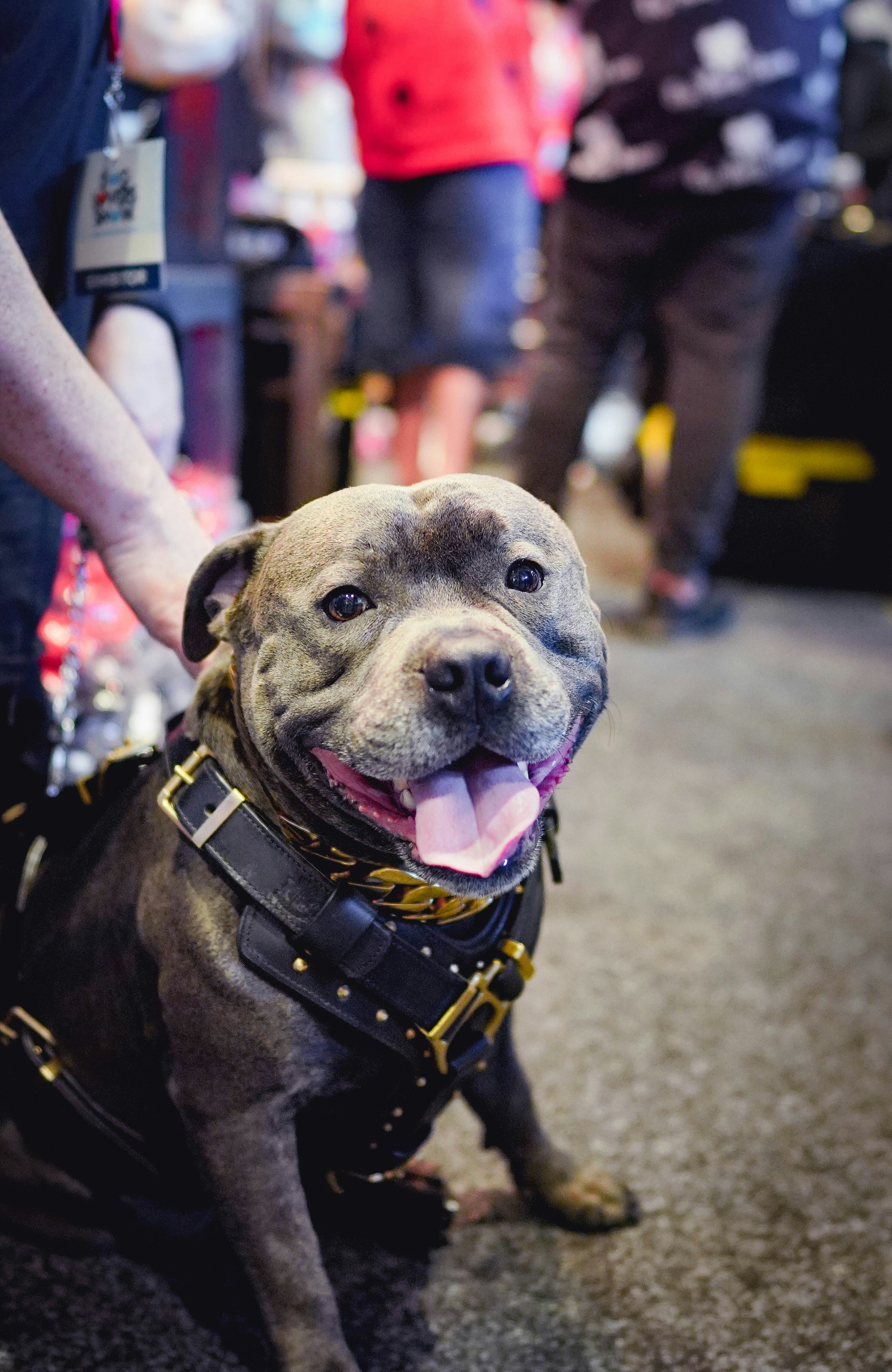
Frequently Asked Questions
Do Pitbulls shed?
Yes, Pitbulls do shed. They are considered moderate-to-high shedders.
What are the coat characteristics of Pitbulls?
Pitbulls have short, single coats that are easy to maintain. They do not have a layered undercoat like double-coated breeds do.
Are Pitbulls easier to maintain compared to other dog breeds?
Yes, Pitbulls are easier to maintain due to their low-maintenance coats. They typically only require a quick brush once or twice a week to keep their coats looking great.
Can Pitbulls be considered as low shedding dog breeds?
No, Pitbulls are not considered as low shedding dog breeds. They shed consistently throughout the year.
Are there any other reasons why Pitbulls shed more?
Excessive shedding in Pitbulls may be caused by factors such as stress or other health issues. If you notice excessive shedding, it is recommended to consult a veterinarian.
Is it true that Pitbulls have a "blowout" shedding event like double-coated dogs?
No, Pitbulls do not have a "blowout" shedding event like double-coated dogs. Their shedding frequency is consistent throughout the year.
Conclusion:
Pitbulls, like all dogs, have their unique characteristics that make them special. As we've uncovered in "Do Pitbulls Shed? What Every Owner Should Know," these energetic and loyal dogs do shed, albeit less than some other breeds. Understanding the nuances of their shedding patterns and being equipped with the right knowledge can significantly help in managing and maintaining their coat.
It's not only about keeping our homes free of pet hair but also about ensuring our Pitbulls are comfortable, healthy, and well-groomed. Every Pitbull owner, armed with this knowledge, can better care for their canine companion, ensuring a happy, shiny, and minimally-shedding life together.
